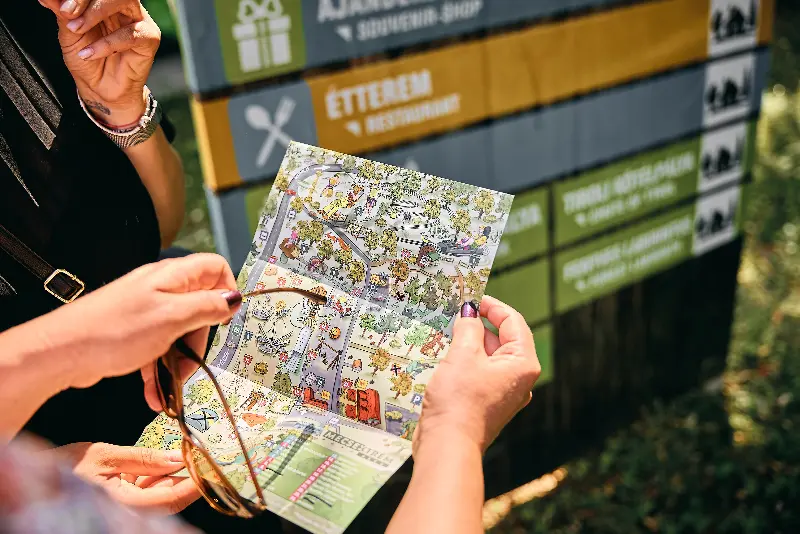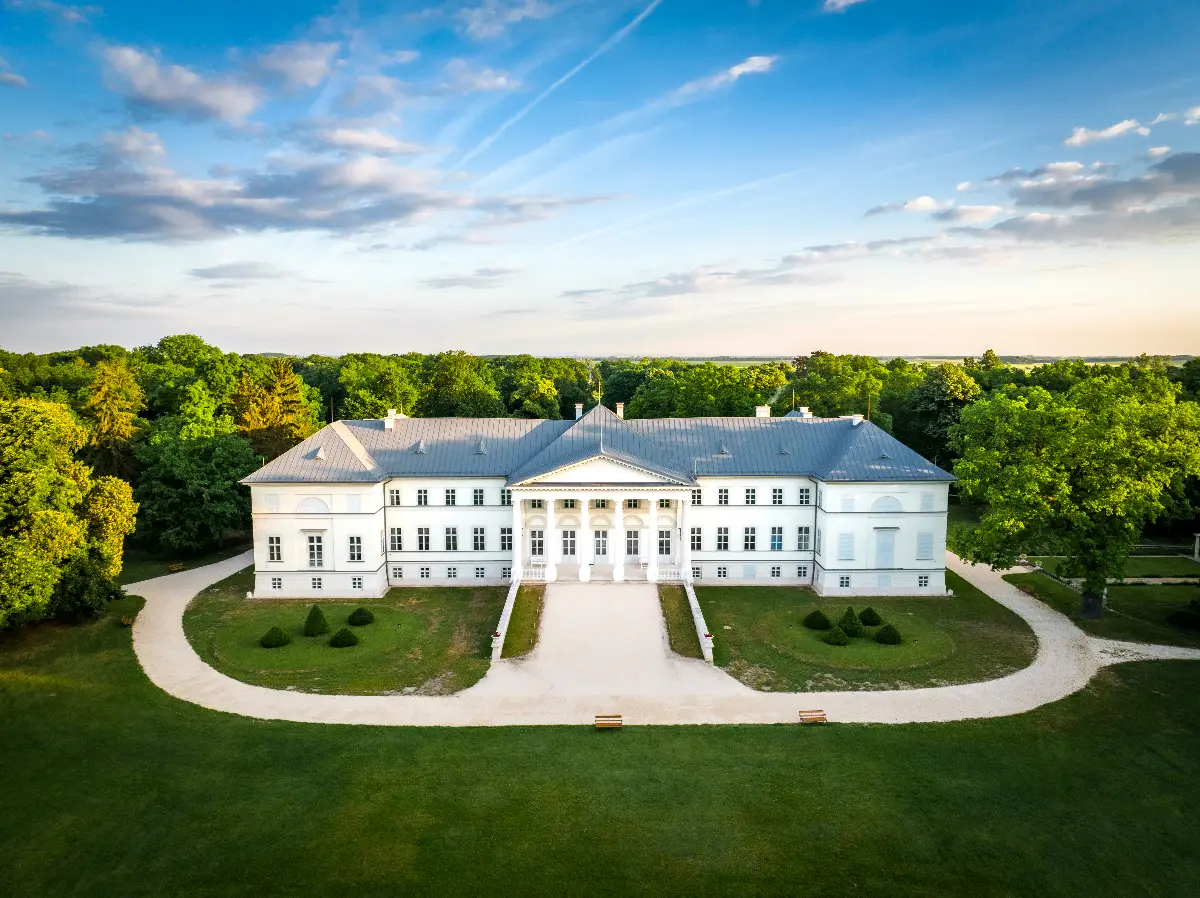
Helyszín címkék:
Modern-day amusement gardens – music in the green
Hajdú Gábor
In antiquity, nymphs sang and played the harp in the groves. In Europe, music was played in medieval castle gardens. In the early Renaissance concept of life, music was organically linked to being outdoors and eating. Music was played in covered and open garden pavilions, on terraces in the open air. Later, garden stages and green theatres gave home to this genre. In the grandiose scale of Baroque gardening, opera houses and summer theatres built into the garden appeared alongside music pavilions, and from then on, this genre has been decisive to this day. It is not unknown to today's visitors to our historical gardens that the garden is home to music, to the buildings, pavilions, open-air theatres and operas of musical events. Moreover, visiting a location is connected to the figure of the artist who appears, lives or creates in that castle or castle garden.
Music capital, in the countryside
In the musical life of the royal and noble courts, the status of court composers was also decisive, in addition to musicians and conductors. The castle owners contracted musicians, orchestras, conductors and composers. Perhaps the longest and best-known client relationship was between Miklós Fényes Esterházy and Joseph Haydn, the composer and musician served at Eszterháza for 29 years. What the classical style means to us today – above all the symphony and the string quartet – was largely forged here, far from the noise of the world, under the hands of Haydn. This part of Hungary, similarly to Paris, Venice or Vienna, was considered a cultural capital for a few decades, influencing the development of music for several generations. The music was played daily in the garden of the Eszterházy Castle. According to a travel diary from May 1784, the grand pleasur was the starting point of a military parade every day at 11 o'clock, accompanied by an oboe ensemble playing Haydn's march. However, there is also information about other outdoor music events held in more remote parts of the garden, namely during the visits of Maria Theresa in 1773 and Archduke Ferdinand in 1775. The sound of music still resounds frequently in Fertőd today, thanks to the operation of the Haydneum – Hungarian Early Music Centre Foundation. During the summer, the baroque garden and building complex hosts numerous international-level music events.
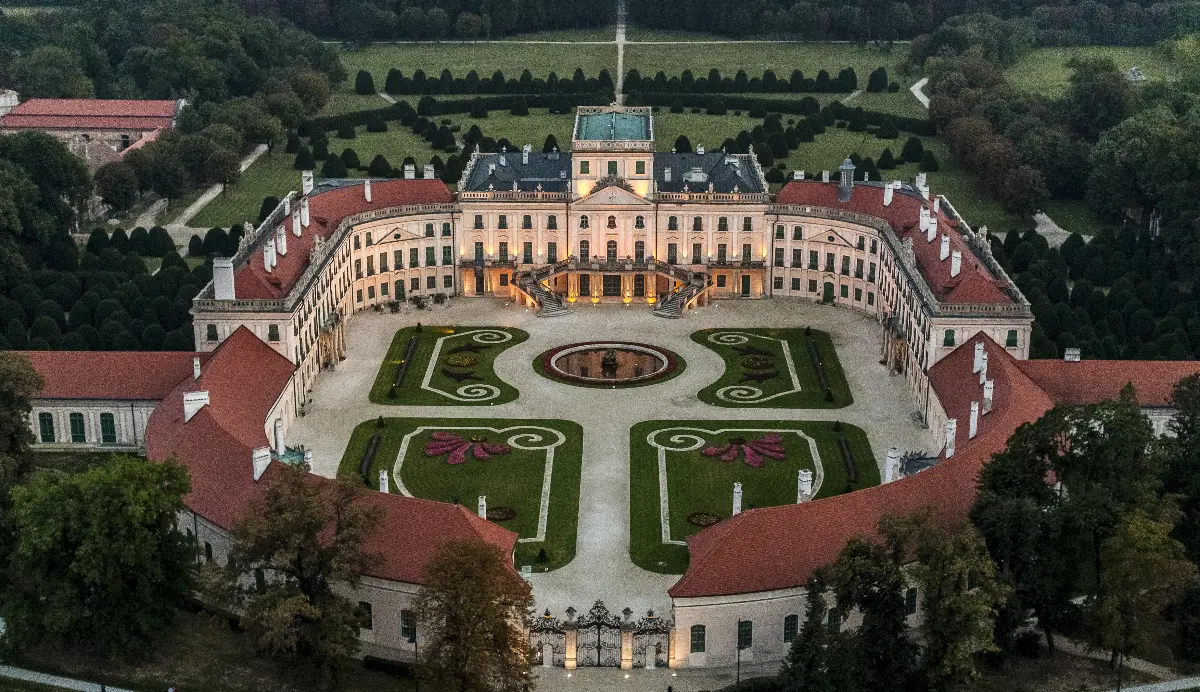
Beethoven and the legacy of Beethoven in Martonvásár
Eszterháza is not the only place where the defining artist of his time, in today's terms a world star, visited, and more than once, and this is none other than Martonvásár. The giant of Viennese classical music first visited the estate owned by the Brunszvik family in the summer of 1806, where he became the piano teacher of the count's daughters, Teréz Brunszvik and Jozefin Brunszvik. The planting of trees in the castle park was already in progress at that time, and Teréz Brunszvik's wooden ensemble called the "Linden Tree Circle Republic" was already in place, and the girl also included the composer among her members. Beethoven dedicated several works to the Brunszvik sisters, the most enigmatic of all being the one entitled "Immortal Beloved". There are many questions and speculations surrounding his relationship with Jozefin, but we can only say for sure that the castle park of Martonvásár was close to Beethoven's heart. The castle park in the town of countesses, about 25 minutes from the capital, still offers numerous concerts for pleasant summer evening relaxation.

Royal music in a royal palace
Just as Eszterháza had an impact on culture in the late 1700s, the Royal Palace of Gödöllő played a similar role after the Compromise of 1867. When it comes to the palace, almost everyone in the world thinks of Queen Elisabeth, Sisi. However, her persona does not only appear in exhibitions and costumed tours, but it also permeates the musical offerings. Romanticism plays the main role in the more than a hundred concerts held annually: works by Chopin and Ferenc Liszt are played at unique concerts, festivals, and even on weekdays through the exhibition's speakers. And at the summer greeting concert of the Coronation Weekend in the courtyard, the classics of Imre Kálmán, Lehár and Strauss easily transport anyone back to the era of the monarchy.
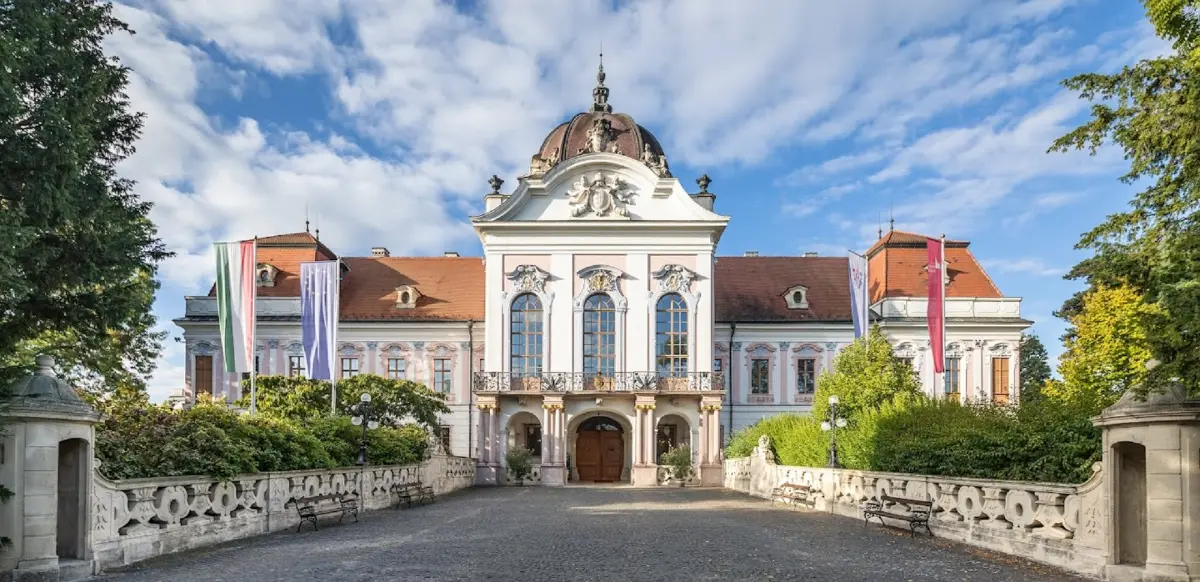
The space of change: Szent András Castle and park
In the heart of Europe, yet far from the world, lies the Szent András Castle in Bölcske. Its most recent history dates back to the 2010s, when Edit Belasich purchased the Szakách Castle, which was on the verge of destruction. She renamed it partly because it lies on the Szent-András plain, and partly because András day is the day of change in folk tradition. Since its opening in 2015, the castle has hosted a variety of art programmes: in the spring, painters arrive from all over the world, who enrich the castle's gallery with a work of art, to the great delight of visitors. Since 2020, the castle and the garden have also hosted music and dance productions.
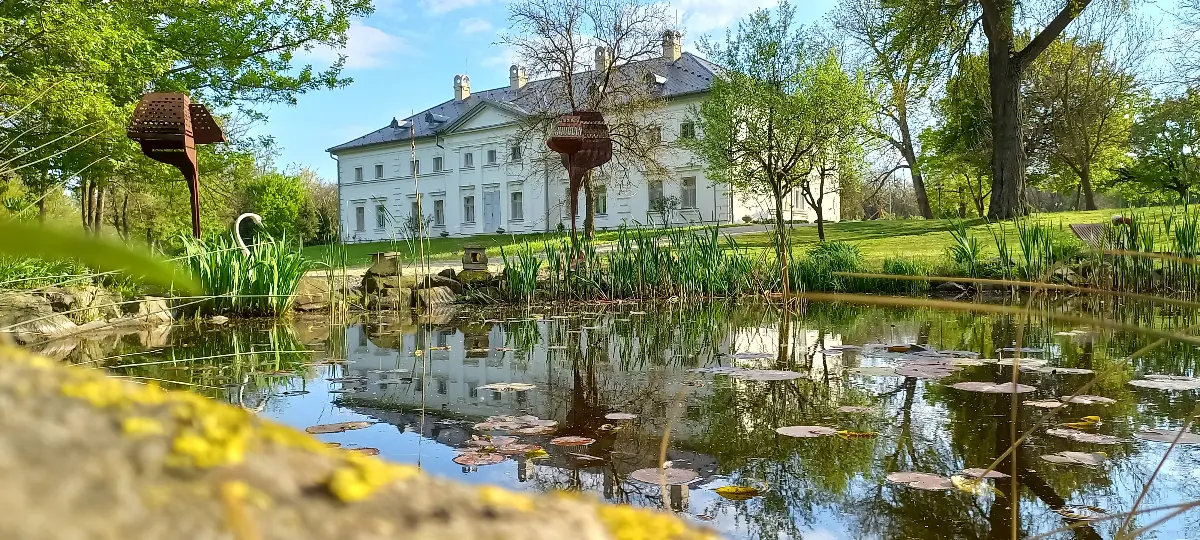
Young people can also start
Just as the elderly were once encouraged to start TV gymnastics, programmes aimed at young people appear more and more frequently in the castle gardens' programme offerings. In recent years, the Festetics Castle in Dég and Keszthely has served as a venue for electronic music concerts, but the number of wine and jazz festivals aimed at younger generations has also increased in the historical gardens in recent years. The organizers hope that those who come to the concerts, garden cinema screenings, and special sporting events will discover the other cultural recreational opportunities hidden in the castle gardens.





